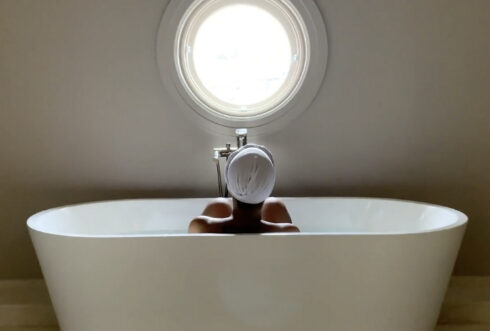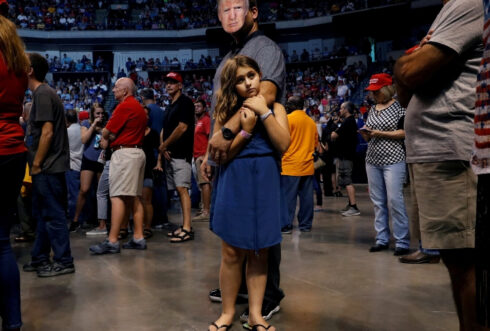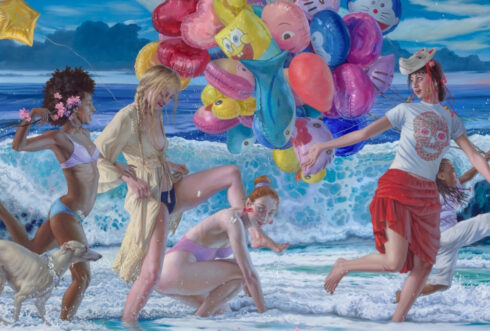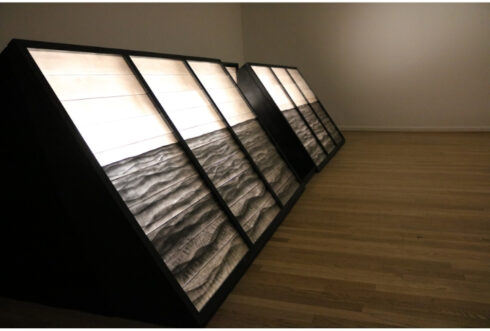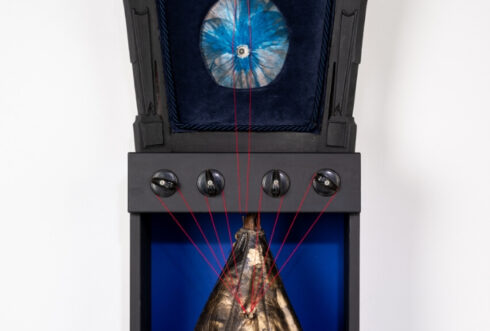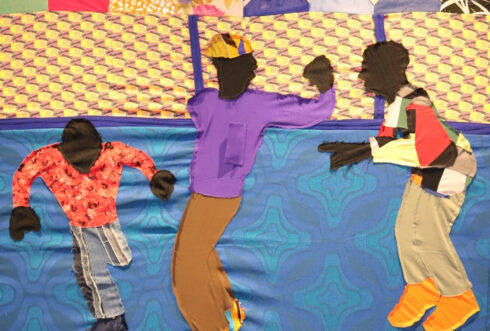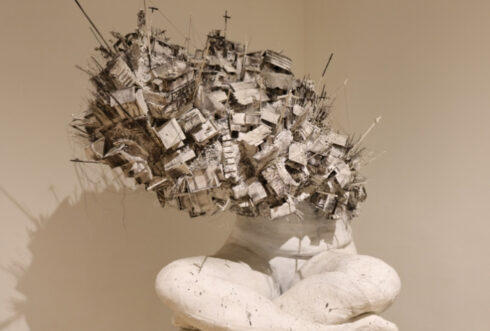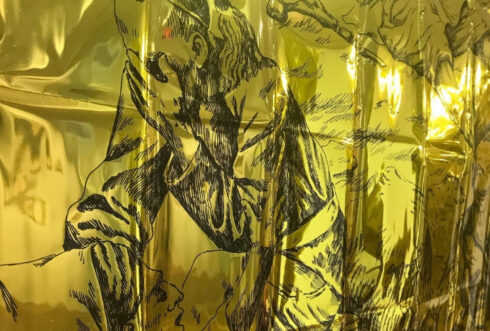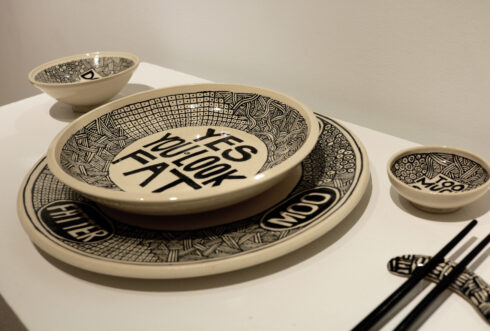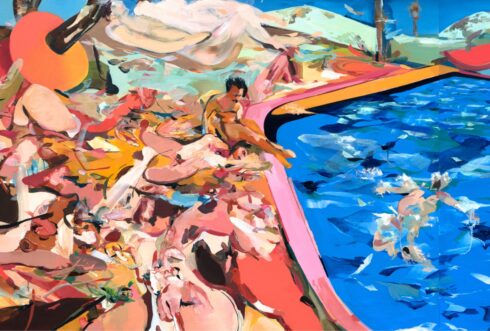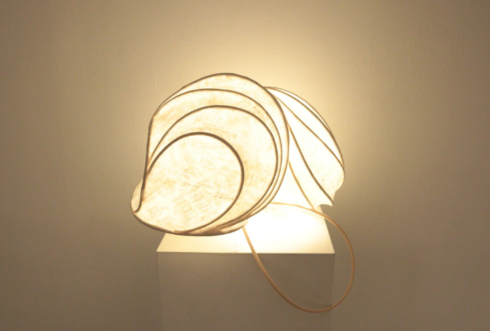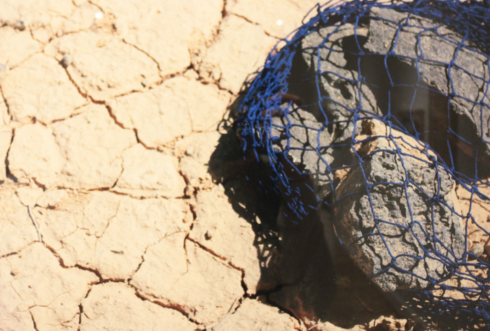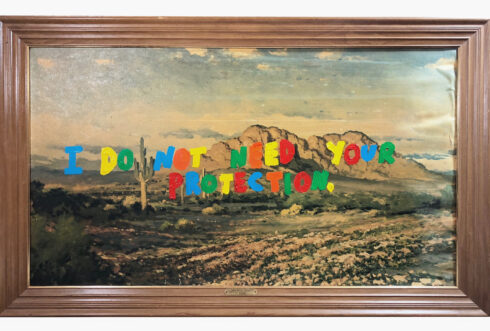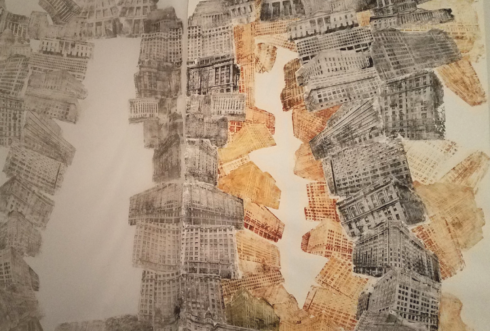Christopher Kojzar
Plainclothes Agenda
August 2 – September 1, 2019
Two and a half years ago, I started a research project on the flâneur and referenced the archetype’s habits to explore urban environments. Although the flâneur was originally deemed a mythic dandy penning feuilletons in the crowded streets of nineteenth century Paris, I assess that by twenty-first century standards, social qualifiers like age, ethnicity, gender, and class need not be considered if one wants to participate in performing the role. I present this body of work as a contemporary Black flâneur who documents shared spaces and challenges the right to observe and be idle in public.
The direct English translation of “flâner” is “to loiter” and I make this mode of conduct and craft an investigatory drawing performance, which is equal parts field research, artistry, critical thinking and observation; rousing themes of trust, cultural diplomacy, countersurveillance, leisure and labor inspire my agenda.
It wasn’t until a year into my practice that I figured out that guidelines in the “see something, say something” campaign literally interfered with my performance as an artist. I endowed to myself a sense of righteousness by saying, “Here, check out how drawing in public provokes interaction with law enforcement, security guards, and everyday people. This is how I have to move through the world not only as a man of color, but as an artist.”
The perpetuation of racism, fear, and gender norms stood out in many of my initial experiences, yet in equal measure, I considered how drawing could be used as a conduit for social engagement. I re-imagine drawing as an exercise to build trust and amity amid sweeping revisions to security laws in urban environments. I made Baltimore, New York, Mississippi, New Mexico, Honolulu, Memphis, Amsterdam, Paris, and Washington, DC my testing grounds, coupling audio recordings with my drawings to relay an immediacy to my experiences with other people.
After I performed (read: drew) in public several times, I felt that the ‘interaction’ became a core part of the art. The large-scale drawings of boxers are part of a series of photographs I took and are in concert with the idea of dandyism, flâneurism, and confrontation, allowing me to reflect on my own skill as a draftsman rather than as a performer. The intellectual valuation of the portraits hint at what it means to activate shared space individually, where power is fragile, yet by no means insubstantial. We perform passive aggressive behavior, at times unwittingly, when we go ‘out in public’. And, at a singular level, we still like to believe that we are bereft of our identity.
—
Christopher Kojzar received his B.A. in International Affairs from The George Washington University and his M.F.A. in Intermedia and Digital Arts from the University of Maryland, Baltimore County. Residencies he has been selected for includes the Creative Alliance in Baltimore, MD, Crosstown Arts in Memphis, TN, Seventh Wave Residency in Rhinebeck, NY, and the Truth and Reconciliation Residency at Santa Fe Art Institute, Sante Fe, NM. He just recently returned from Paris where he taught drawing workshops and volunteered for the Agency of Artists in Exile. Kojzar researches and creates art in response to interactions he has with other people when he enters active public spaces and openly engages in artistic practices such as drawing or recording with wearable technology. Prompted by interactions with security personnel, bystanders and the spaces themselves, his work explores the increasingly troubled phenomenon of observing and being observed in an era of escalating surveillance and mistrust—complicating it further by signaling his identity as an artist. His social media features drawing, video installation, publication, and performance collaboration.

